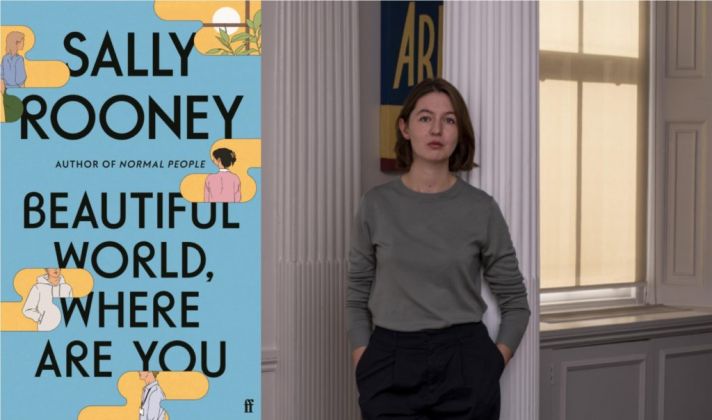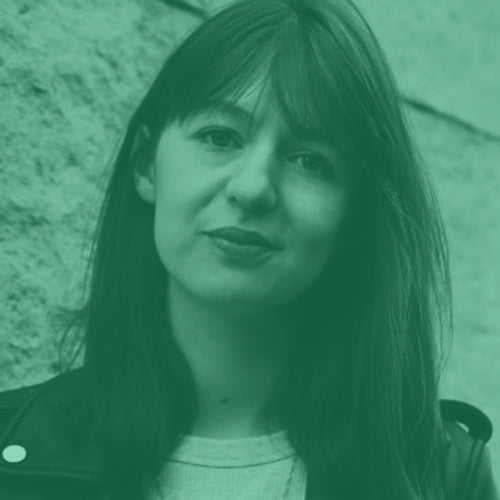

Beyond this, readers respond to stories and language. As Macé elaborates in her essay, readers engage in aesthetic conduct when they respond to the formal structures of novels: to narrative forms that shape experience. The aesthetic conduct of readers, as I conceptualise it, is the experience and expression of pleasure (or displeasure) in a book, and the use of that experience to fashion a personal style, a way of being in a world. From the point of view of readers, though, bookishness is not just a response to marketing stimuli, but a form of aesthetic conduct.

That’s the business of publishing in the twenty-first century, particularly when it comes to big new books. The US publisher of Beautiful World, Where Are You, Farrar, Strauss and Giroux, not only distributed swag to influencers (tote bag, pencils, the hat), but launched a pop-up coffee van, a frank call to (Instagrammable) bookish action. From the point of view of marketers, it’s sought-after behaviour. Photos from (via The New York Times) and Bookishness: Loving Books in a Digital Age, Jessica Pressman describes bookishness as a mode that includes using objects to participate in digital spaces and brand one’s identity as a reader.

Readers take a photo of themselves wearing a bright yellow, Sally Rooney-branded bucket hat and post it on Instagram. Readers film themselves crying about books on TikTok readers take quizzes to find out their Hogwarts House readers cosplay as Katniss Everdeen. These interior moments are accompanied by bookish behavior, which is abundantly on display in the twenty-first century. In her 2013 essay ‘Ways of Reading, Modes of Being’, Marielle Macé describes reading as a process of being ‘powerfully drawn towards different possibilities and promises of existence.’ Reading, she writes, is ‘one of the daily means by which we give our existence form, flavour, even style.’ Readers link art and life when they find books that make them feel seen and known, when they learn something new, when they discover an author and decide to read everything they’ve ever written. Caption: ‘this is how it feels to read any Sally Rooney book imo.’ This includes readers like Simone, who begins her TikTok video with an excited announcement that she is about to read Beautiful World, then humorously cuts to ‘a couple of hours later’, lying on her back, stunned, clutching the book and looking at the sky while a ballad plays. But we might also, inspired by a pragmatic view of art, look at how readers have made use of the novel. What are the aesthetic possibilities offered by Beautiful World, Where Are You, Sally Rooney’s blockbuster 2021 novel? To answer this question, we might look at the novel’s plot, characters, themes, style, narrative form.


 0 kommentar(er)
0 kommentar(er)
